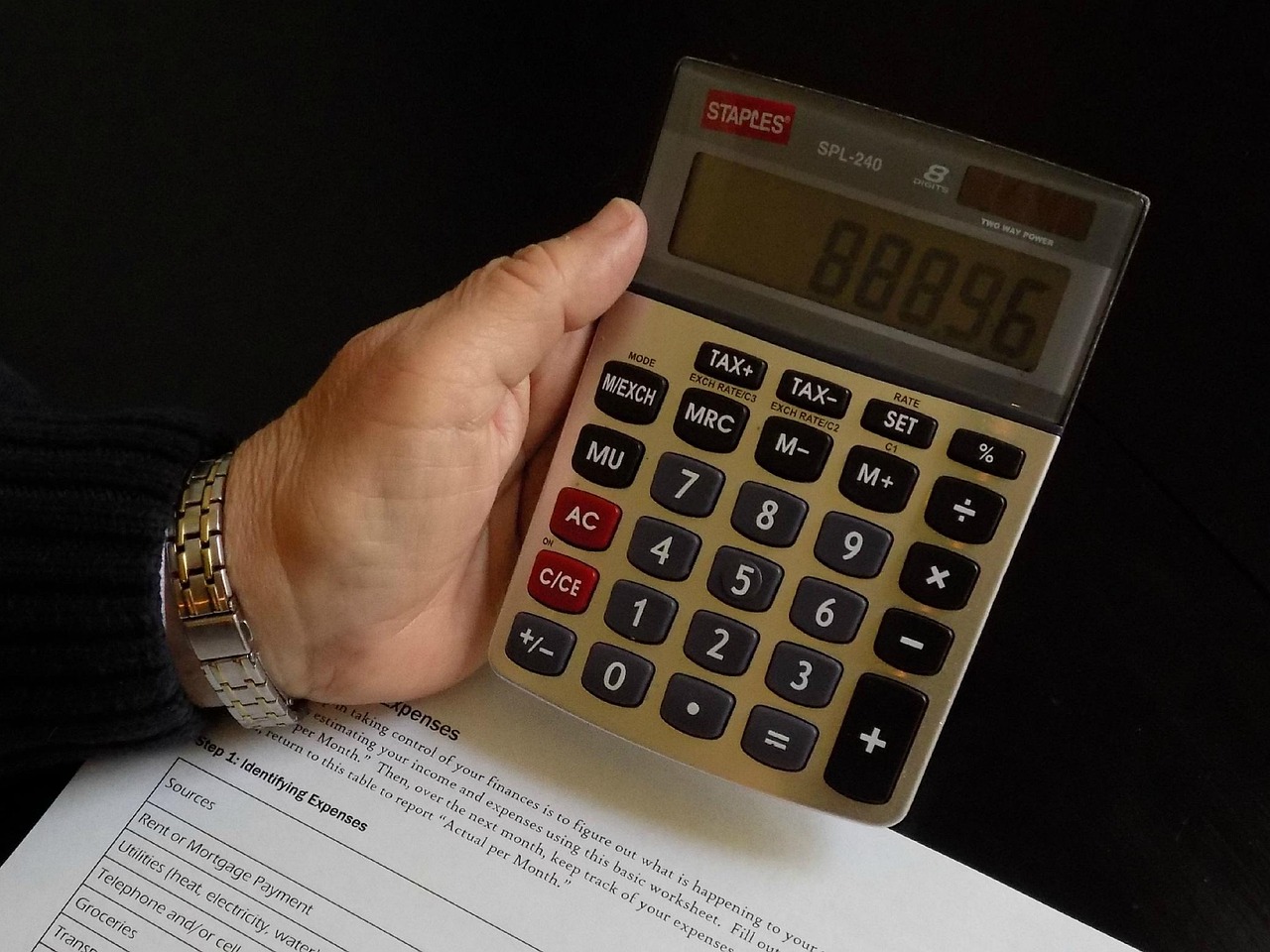mpacc考研复试(mpacc和考研有啥区别)
快收藏!MPAcc 复试必问题目+答案!
本期整理了 30 个 mpacc 会计专业英文题目,并且已经附上了答案,大家可以提前
练习起来。考前准备妥当面试才不会慌张,加油,考研人!
1.What is Accounting?/What is the primary objective of financial accounting?
什么是会计?/财务会计的主要是什么?
Accounting is the process of identifying and recording business events as well as presenting
and communicating this financial information to end-users in a meaningful way. In other
words, accounting is more than just recording the debits and credits of transactions.
Accounting s really a system or process of recording information and displaying it to people
in an understandable way, so that they can make decisions based on the financial information.
The primary objective of financial accounting is to reflect the fiduciary responsibility and
provide useful information for decision-making.
2.What are the four assumptions of accounting?
会计四大假设是什么?
Accounting basic assumption, also known as accounting basic premise, is the premise of
enterprise accounting recognition, measurement, record, and report. It includes four
assumptions: accounting entity, going concern, accounting period and monetary measurement.
3.What is accounting subject?
会计科目是什么?
It classifies the specific content of accounting elements for further measurement.
4.What are the requirements for the quality of accounting information?
会计信息质量要求有哪些?
The requirement of accounting information quality are the basic norms for high-quality
accounting information provided in corporate financial accounting reports and are the basic
characteristics that should make the accounting information provided in financial accounting
reports useful for investors and other users to make decisions,including reliability, relevance,
comprehensibility,comparability substance is more important than form, importance, prudence
and timeliness.
5.What is Accounting reliability?
什么是可靠性原则?
Accounting reliability refers to whether financial information can be verified and used
consistently by investors and creditors with the same results. Basically.reliability refers to the
trust worthiness of the financial statements.
6.What is the principle of intelligibility?
什么是可理解性原则?
The accounting information provided by the enterprise should be clear and clear, so that users
of financial reports can understand and use it.
7.What is the timeliness principle?
什么是及时性原则?
Enterprises are required to perform accounting confirmation, measurement and reporting of
transactions or events that have occurred in a timely manner. Without advancing or delaying.
They should collect accounting information in time, process accounting information in time,
and transmit accounting information in time.
8.What is the Relevance Principle?
什么是相关性原则?
The relevance principle is that the relevant information must be useful,understandable, timely,
and needed for decision making.
9.What is the principle of comparability?
什么是可比性原则?
The same or similar transactions or events that occur in the same enterprise indifferent periods
shall adopt consistent accounting policies and shall not be changed at will. If it is really
necessary to change, it should be stated in the notes(vertically comparable).
For the same or similar transactions or events in different enterprises. The prescribed
accounting policies should be adopted to ensure that the accounting information is consistent
and comparable (horizontally comparable)
10.What is the principle of substance over form?
什么是实质重于形式原则?
It requires enterprises to perform accounting confirmation, measurement and which can
reflect the financial situation of an company and is the basis for preparing the balance sheet.
The second is the dynamic equation. Profit equals income minus expense.which reflects the
operating results of the enterprise and is the basis for compiling the profit statement.
11.What is the prudence concept?
什么是谨慎性原则?
It means enterprise should maintain the necessary caution when conducting accounting
calculations,
and must not overestimate assets or income,
underestimate liabilities or expenses,
make secret reserves.
12.What is the importance principle?
什么是重要性原则?
All the important accounting matters that have a greater impact on assets,
liabilities,
profit and

loss , and thereby affecting users to make reasonable judgments , must be handled in
accordance with prescribed accounting methods and procedures,and be fully disclosed in the
financial report separately. As for the secondary accounting matters,
they can be appropriately
merged and simplified under the premise of not affecting the authenticity of accounting
information and misleading users to make correct judgments.
13.What is the accounting equation?
什么是会计等式?
Accounting equation is an equation that indicates the basic relationship between accounting
elements. There are two accounting equations: one is the static equation:a company's total
assets are equal to the sum of its liabilities and its shareholders' equity, which can reflect the
financial situation of an company and is the basis for preparing the balance sheet.
The second is the dynamic equation: Profit equals income minus expense.which reflects the
operating results of the enterprise and is the basis for compiling the profit statement.
14.What are Financial Statements?
什么是财务报告?财务报告的作用是什么?
Financial statements are reports prepared by a company's management to present the financial
performance and position. A general set of financial statements usually includes a balance
sheet, income statements, statement of owner's equity, and statement of cash flows.Financial3
statements are the main source of financial information for most decision makers. That is why
financial accounting and reporting places such a high emphasis on the accuracy, reliability,
and relevance of the information on the se financial statements.
15.What is accounting elements?
会计要素是什么?包括哪些?
Accounting elements are financial accounting objects and their basic classifications
determined according to the economic characteristics of transactions or events.
Including assets,liabilities,owner's equity,income,expenses,and profits.
16.What is an Asset?What does it include?
资产的定义是什么?资产包括什么?
An asset is a resource that owned or controlled by a company and will provide a benefit in
current and future periods for the business.In other words,
it's something that a company owns
or controls and can use to generate profits today and in the future.
Assets include intangible assets,fixed assets,and current assets.
17.What are the recognition conditions of accounting elements?
资产的确认条件是什么?
Apart from matching the definition of assets,there are two extra criteria of assets:
The economic benefits related to the resource are likely to flow into the enterprise;
The cost or value of the resource can be measured reliably.
18.What is liability?What does it include?
什么是负债?负债包括什么?
It refers to the current obligations of an enterprise formed by past transactions or events,
which are expected to cause economic benefits to flow out of the enterprise.
Liability includes: Current liabilities and non-current liabilities.
It must meet the two criteria at the same time before recognizing an obligation as a liability:
The economic benefits related to the obligation are likely to flow out of the enterprise;
The economic benefits that will flow out in the future can be reliably measured.
19.What is Owner's Equity?What is the confirmation condition?
什么是所有者权益?所有者权益的确认条件是什么?
Owner's equity,often called net assets,

is the owners' claim to company assets after all of the4
liabilities have been paid off. In other words,if the business assets were liquidated to pay off
creditors,the excess money left over would be considered owner's equity.
Owner's equity reflects the owner's remaining equity in the enterprise,
so the confirmation and
measurement of owner's equity mainly depends on the confirmation and measurement of
assets and liabilities.
20.What are Retained Earnings?
什么是留存收益?
Retained earnings is the cumulative profits and losses of a corporation less its dividends paid
to shareholders In other words, it's the cumulative amount of money left over after all of the
expenses and dividends are paid.
21.What is inventory?
存货是什么?
Inventory refers to the finished products or commodities that an enter prise holds for sale in
daily activities, the products in the production process, and the materials consumed in the
production process or the process of providing labor services.
22.What is Income/Revenue?
什么是收入?收入的确认原则是?
The gross inflow of economic benefits arising in the course of the ordinary activities of an
entity,and those inflows would result in increases in equity,other than increases relating to
contributions from equity participants.
There are five principles or steps for confirming the revenue according to the IFRS 15:
1)Identify the contracts with a customer.
2)Identify the performance obligations in the contract. Performance obligations are promises
in a contract to transfer to a customer goods or services that are distinct.
3)Determine the transaction price. The transaction price is the amount of consideration to
which the entity expects to be entitled in exchange for transferring promised goods or services
to a customer.
4) Allocate the transaction price to each performance obligation on the basis of the relative
stand-alone selling prices of each distinct good or service promised in the contract.
5) Recognize revenue when a performance obligation is satisfied by transferring a promised
good or service to a customer, which is when the customer obtains control of that good or
service.
23.What is Expense?What is the confirmation condition?
费用的确认条件是?
Expense refers to the outflow of profits,which happened in the daily operation of corporate. It
would lead the decrease of owners' entity and are not related to the distribution of economic
profits.
Expenses need to satisfy the following conditions:
The economic benefits related to expenses should likely flow out of the enterprise;
The result of the outflow of economic benefits from the enterprise will lead to a decrease in
assets or an increase in liabilities;
The outflow of economic benefits can be reliably measured.
24.What is an Income Statement (Profit and Loss Statement)?
What is the role of the Income Statement?
什么是利润表?利润表的作用是什么?
Income statement refers to a financial statement that summarizes the revenue costs, and
expenses incurred during a specified period, usually a quarter or fiscal year. These records
provide information about a company's ability or inability to generate profit by increasing

revenue, reducing costs, or both. These statements are often presented on a cash or accrual
basis. Users can analyze the income statement to see if companies are operating efficiently
and producing enough profit to fund their current operations and growth.
25.What is trade discount and cash discount?
商业折扣和现金折扣分别是什么?
Trade discount refers to the reduction in list price known as discount, allowed by a supplier to
the consumer while selling the product generally in bulk quantities.Cash discount is a
reduction in the amount of invoice allowed by the seller to the buyer in return for immediate
payment.
26.What is a Balance Sheet (Statement of Financial Position)?
What is the role of the balance sheet?
什么是资产负债表?资产负债表的作用是什么?
Balance sheet refers to the financial statement that reports a company's assets.liabilities, and
shareholder equity at a specific point in time. Balance sheets provide the basis for computing
rates of return for investors and evaluating a company's capital structure. In short, the balance
sheet is a financial statement that provides an overview of what a company owns and owes, as
well as the amount invested by shareholders.
Balance sheets can be used with other important financial statements to conduct fundamental
analysis or calculating financial ratios. Investors and creditors can use the balance sheet to
analyze how companies are funding capital assets and operations as well as current investor
information.
27.What is cash flow statement?
什么是现金流量表?
The cash flow statement is a statement reflecting the inflow and outflow of cash and cash
equivalents in a certain accounting period.
28.What is the Statement of Owners Equity?
什么是所有者权益表?
The statement of owner's equity is a financial statement that reports the change sin the equity
section of the balance sheet during an accounting period. In other word sit reports the events
that increased or decreased stockholder's equity over the course of the accounting period.
29.What are Fixed Assets?What is the characteristic of a Fixed Asset?
固定资产是什么?固定资产的特征是什么?
Fixed asset means a long-term resource that provides operational value to a company for more
than one accounting period. Examples of fixed assets include computers,buildings,and land.
Fixed Asset has several characteristics that distinguish it from other assets. The characteristics
of fixed assets include tangible,used in operations and long-term Life.
30.What is intangible asset?What is its characteristic?
无形资产是什么?其特征是什么?
Refers to the identifiable economic resources that are owned or controlled by an enterprise
without physical form,and there is greater uncertainty in how much economic benefits they
bring to the enterprise.
Characteristics:
No physicality: different from fixed assets
Long-term nature: different from current assets that have no physical form such as accounts
receivable
Uncertainty: different from bond investment and long-term equity investment
Identifiable: different from goodwill
相关文章
